Best Describes Bandwidth in an Analog System
When the signal is DC coupled the bandwidth of the amplifier extends all the way to the DC voltage. Analysis of the system bandwidth needs to undertaken to ensure that the image quality is not degraded.
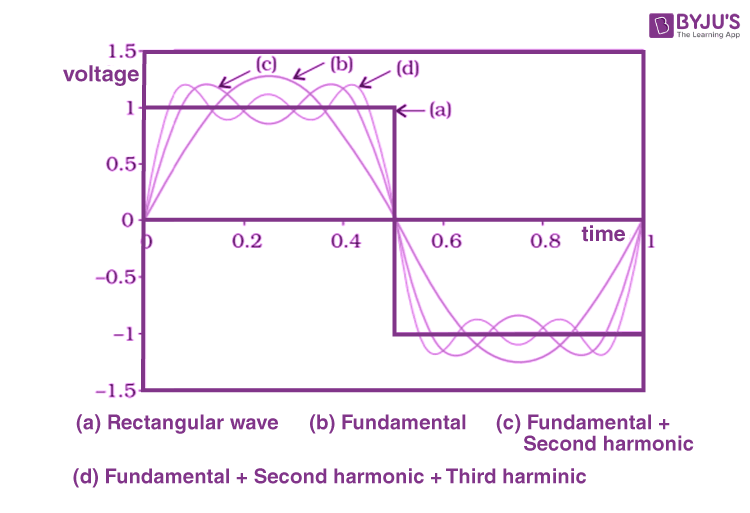
Bandwidth Of A Signal And Measurement Of Bandwidth Physics Byju S
This amplitude loss occurs at very low frequencies if the signal is AC coupled and at very high frequencies regardless of coupling.
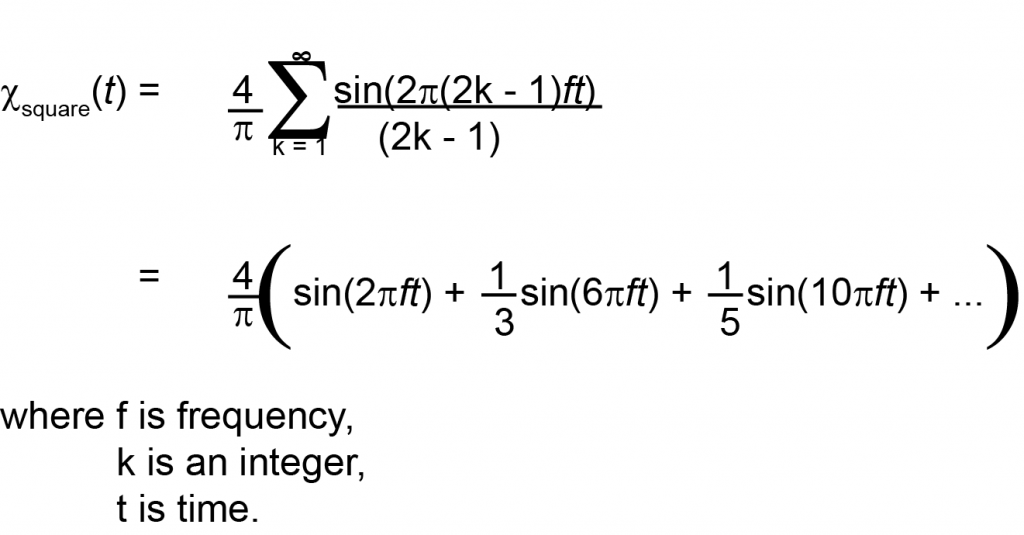
. Analog is an adjective that describes a device or system in which information is represented by continuously variable physical quantities. The needle continuously reads the bumps and grooves on a record. Which of the following best describes bandwidth in an analog system.
Which of the following is NOT true about infrared light. This amplitude loss occurs at very low frequencies if the signal is AC coupled and at very high frequencies regardless of coupling. Bandwidth is the difference between the upper and lower frequencies in a continuous band of frequencies.
High cost of signal conversion inside the display. The purpose of a communication system is to transfer information from the transmitter which is located in one place to a receiver which is usually far away from the transmitter. The range of frequencies that can be transmitted by a system B.
The calculation of the minimum and maximum video frequencies for a given video signal enables the design engineer to choose the correct cir-cuitry to ensure the best picture quality for all of the supported video standards and interfaces. Due to their wide bandwidth analogue television signals are always. Intensity varies and is continuous.
In analog systems bandwidth is expressed in terms of the difference between the highest-frequency signal component and the lowest-frequency signal component. Which of the following best describes bandwidth in an analog system. Digital transmission needs more bandwidth to carry same information.
All infrared signals are invisible. Digital system hardware can be easily modulated as per the requirements. Analog systems hardwares are not flexible.
Advantages of Analog System. For the analog signal in the above graph the bandwidth is very narrow and does not overlap with any PDN resonances. Analog tranmission requires less bandwidth.
The number of bits transmitted per second. Analog bandwidth is the frequency at which the measured amplitude is 3 dB below the actual amplitude of the signal. Data Communication and Networking.
What process must occur to transmit a digital signal over an analog medium. Synchronicity Video and synchronisation. Which of the following best describes bandwidth in an analog system.
The range of frequencies that can be transmitted by a system. The bandwidth of the analog signal is low. In general we typically measure it in Hertz Hz and it can either refer to passband bandwidth or baseband bandwidth.
Asked Feb 26 2019 in Trades Technology by ndbasketballgirl. We define bandwidth as the difference between the lower and upper frequencies in an uninterrupted continuous band of frequencies. The more bandwidth a system has the more it is capable of delivering a higher data rate.
A record player is a simple example of an analog device. It is typically measured in hertz and depending on context may specifically refer to passband bandwidth or baseband bandwidth. Analog systems are affected badly by noise during transmission.
The relation between the allocated bandwidth to a certain communication system and the data rate it can deliver is defined in a term called the Spectral Efficiency. Because this range of non-zero amplitude may be very broad this definition is often relaxed so that the bandwidth is defined as the range of. Analog bandwidth is the frequency at which the measured amplitude is 3 dB below the actual amplitude of the signal.
The detection of digital signals requires the communications system to be synchronized. Any transients produced by an analog component that draws an analog signal within this bandwidth will not produce significant ripple and will operate within voltage tolerance limits. Digital Wireless Microphone Systems In contrast to a Frequency Modulated carrier a digitally modulated carrier occupies a fixed bandwidth regardless of the fidelity and dynamic range of the input audio signal.
The analog bandwidth of an ADC is that frequency at which the spectral output of the fundamental swept. Quiz answers in the bottom User Course Enterprise Wireless Networks Test Week 5 Midterm Exam. Current best in class analog FM wireless microphone systems may be capable of supporting 15 or so active transmitters within a 6MHz slice of spectrum.
In other words for a single real pole in the. For analog signals which can be mathematically viewed as functions of time bandwidth Δf is the width measured in hertz of the frequency range in which the signals Fourier transform is nonzero. Generally 3 dB bandwidth is a measure of a systems band- width.
The range of frequencies that can be transmitted by a system the number of bits transmitted per second the number of bytes transmitted per minute the maximum frequency supported by the medium. Bandwidth has the same definition in control theory as in filters and other systems. Analog hardware can never offer flexible execution.
Digital signals are immune to deterioration during the transmission process and writeread cycle. Which of the following best describes bandwidth in an analog system. These frequencies are measured in the number of cycles of change per second or hertz therefore analog bandwidth is expressed in hertz Hz.
Assuming a low-pass frequency response 3 dB bandwidth is defined as the frequency at which the output power drops to half of the output power at dc. This translates into a 293 drop in the output voltage compared with dc. It is usually defined as the point where the amplitude drops by 3 decibels -3 dB which is a factor of 1sqrt2 approx 11414The reason that the factor sqrt2 was chosen has to do with that it aligns with the frequency of a pole or zero.
It is measured in Hertz. Bandwidth is a range of frequencies within a continuous set of frequencies. What you defined as an analog bandwidth is a natural physical resource used for communication.
Disadvantages of Analog System. Which best describes an analog signal. The bandwidth of digital signal bandwidth is high.
Noise can easily damage the analog signals during transmission as well as the writeread cycle. Passband bandwidth is the difference between the upper and lower cutoff frequencies of for example a band-pass filter a communication. Digital communications require greater bandwidth.

Understanding The Phasing Method Of Single Sideband Demodulation Understanding Signal Processing Method

Need More Bandwidth For The Ka Band Here Are Three Options Analog Devices

Analog Bandwidth Ni Digital Multimeters Help Ni Dmm 18 1 National Instruments
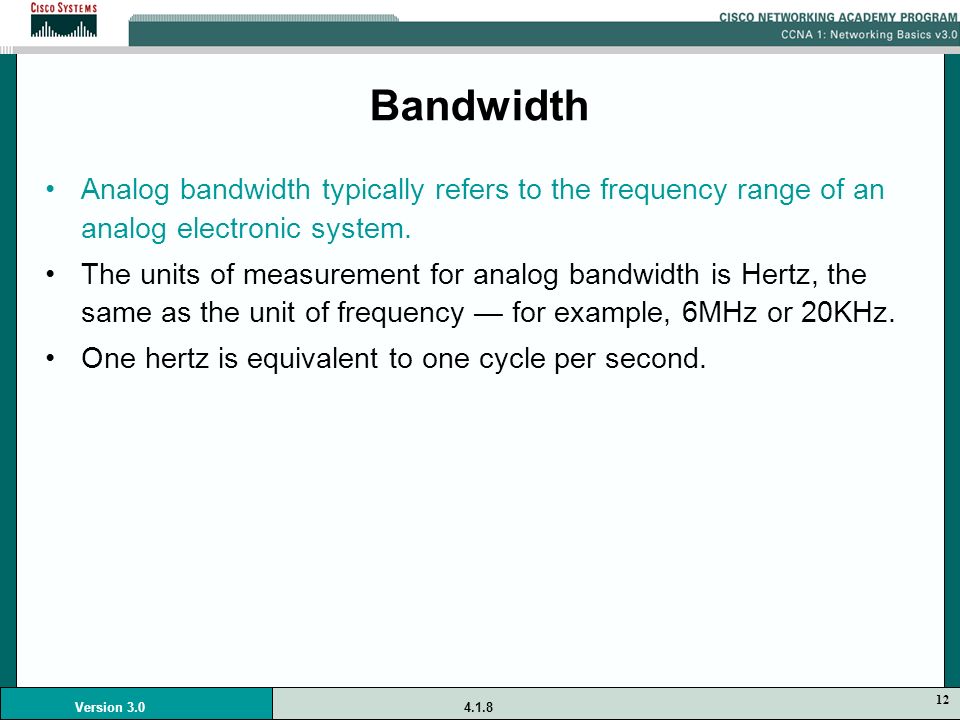
Module 4 Cable Testing Ppt Download
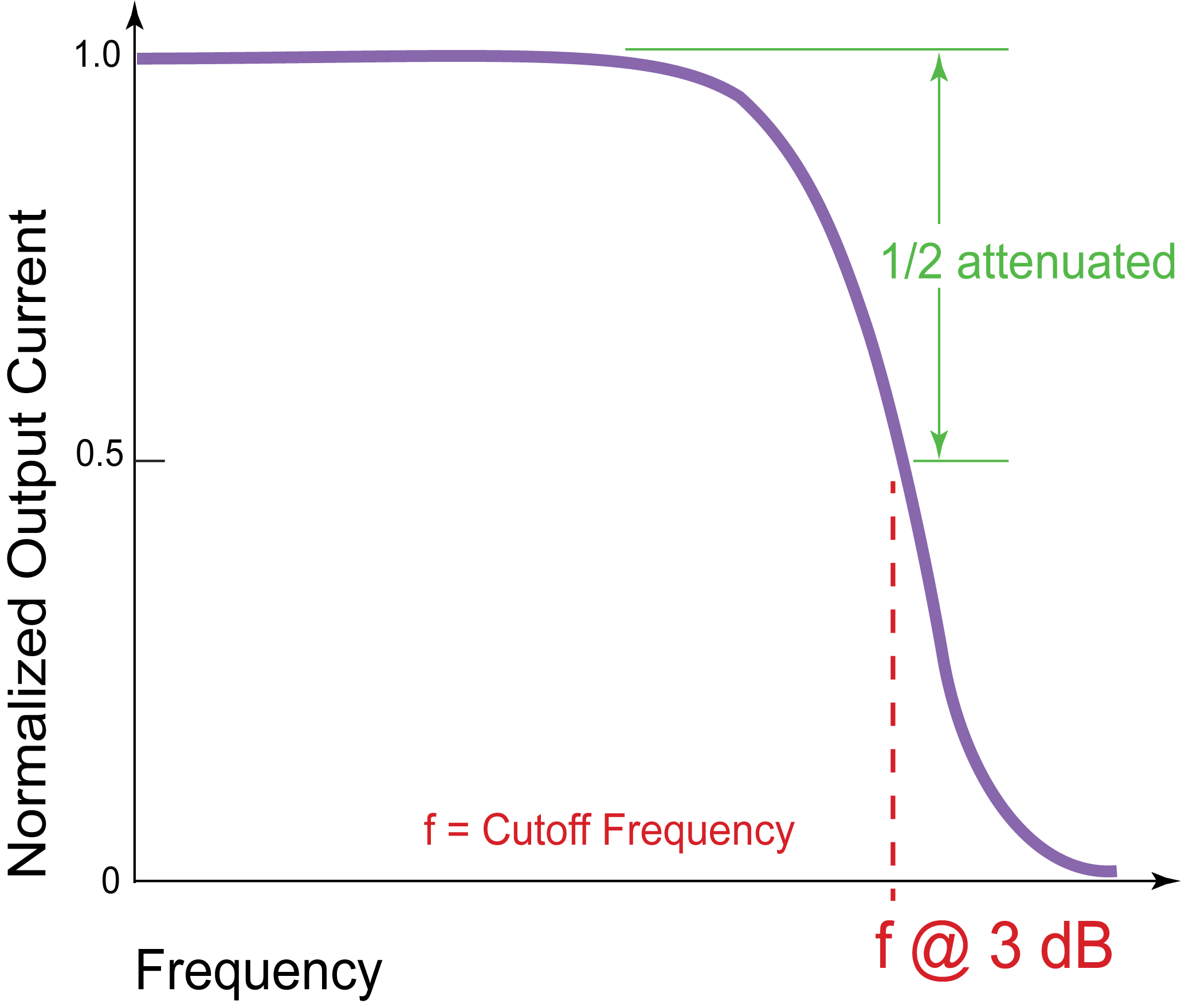
Analog Bandwidth Basics Wavelength Electronics

Bandwidth Of A Signal And Measurement Of Bandwidth Physics Byju S
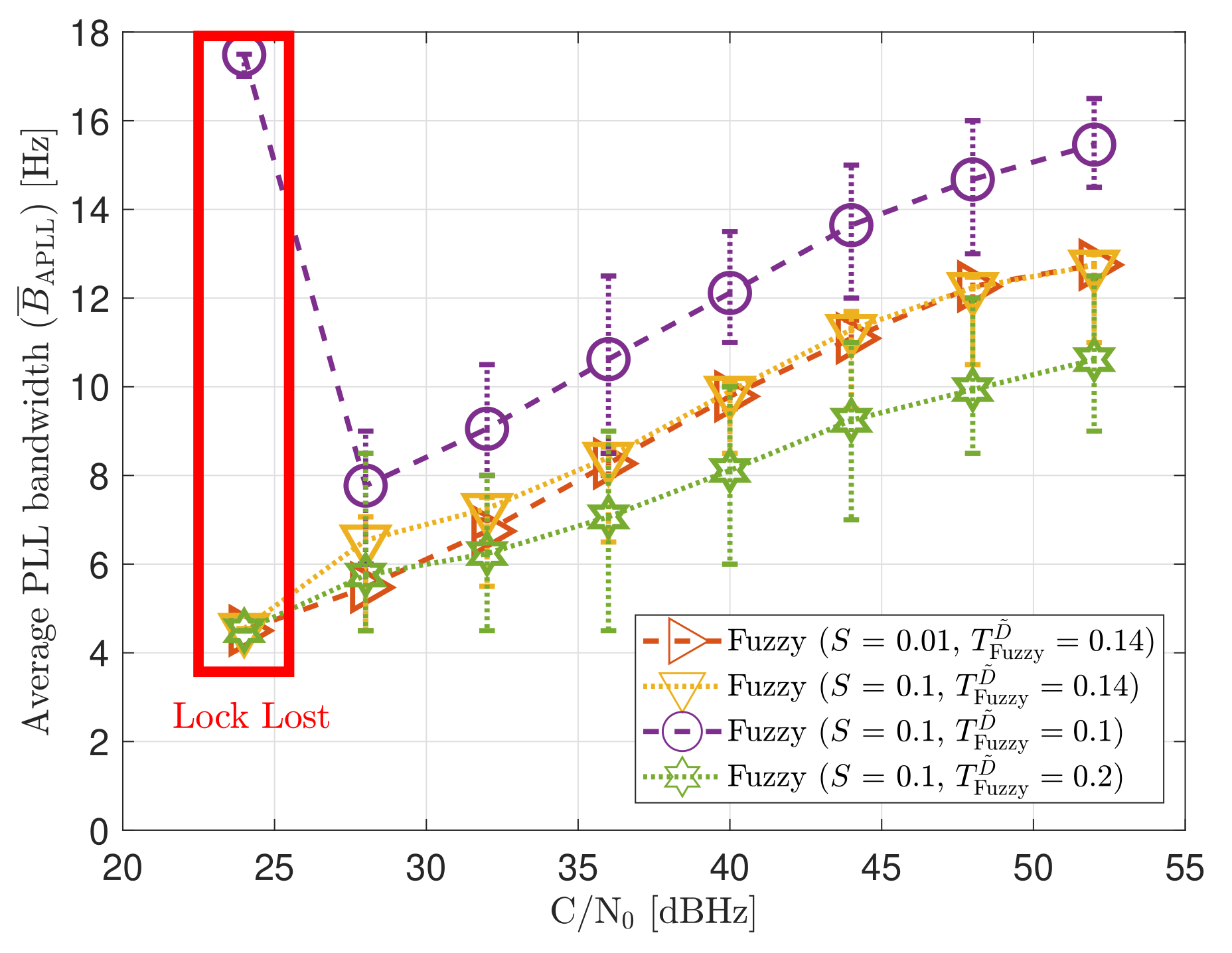
Sensors Free Full Text Evaluation Of Adaptive Loop Bandwidth Tracking Techniques In Gnss Receivers Html

Analog Waveform An Overview Sciencedirect Topics

Need More Bandwidth For The Ka Band Here Are Three Options Analog Devices

Digital To Analog Conversion An Overview Sciencedirect Topics
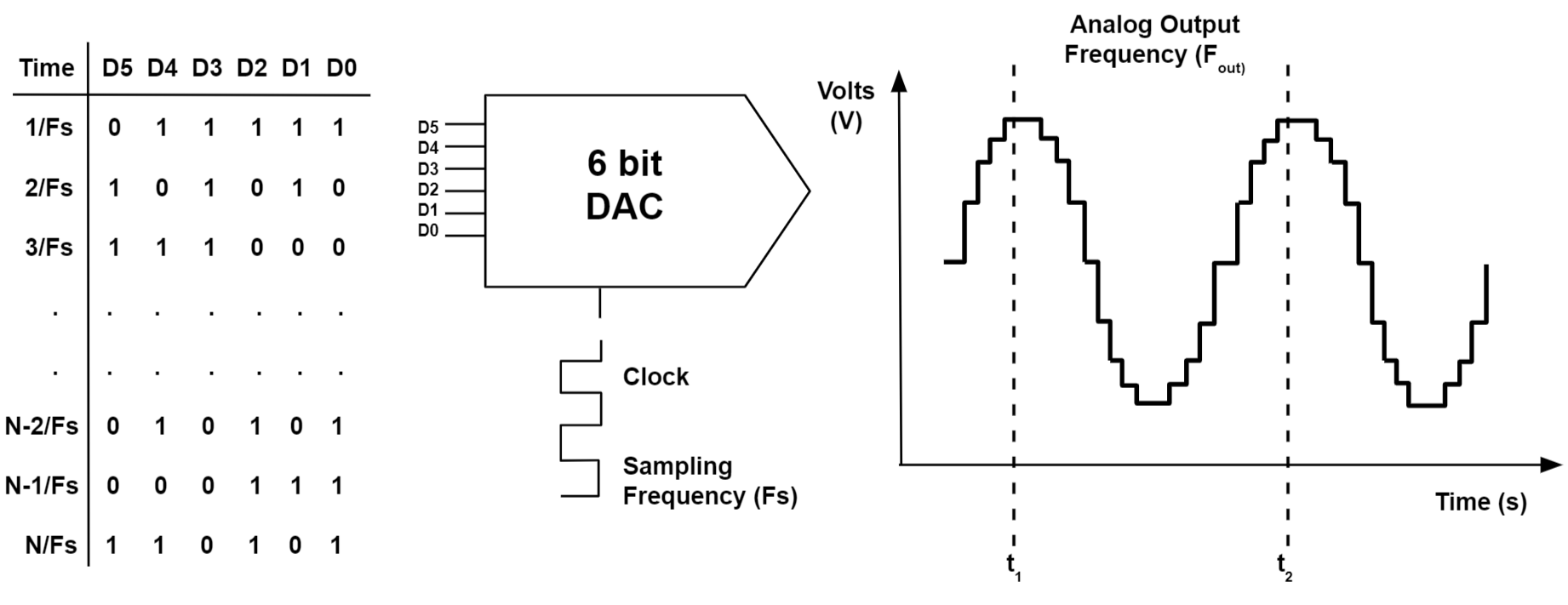
Analog Vs Digital Signals Uses Advantages And Disadvantages Article Mps
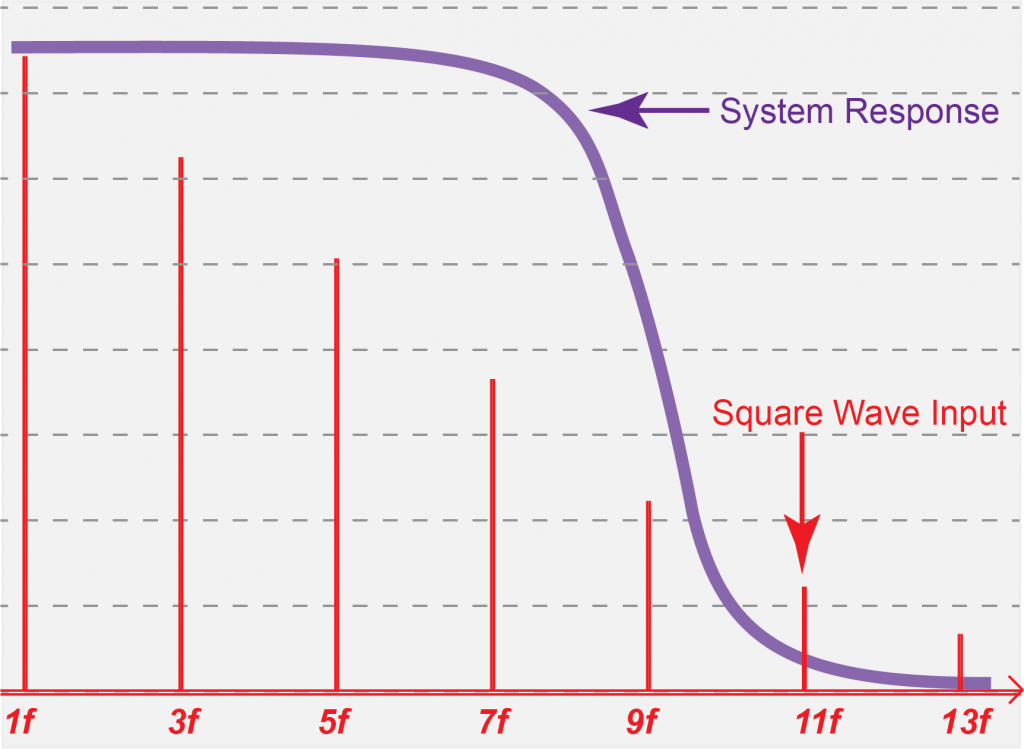
Analog Bandwidth Basics Wavelength Electronics

Analog Bandwidth Basics Wavelength Electronics
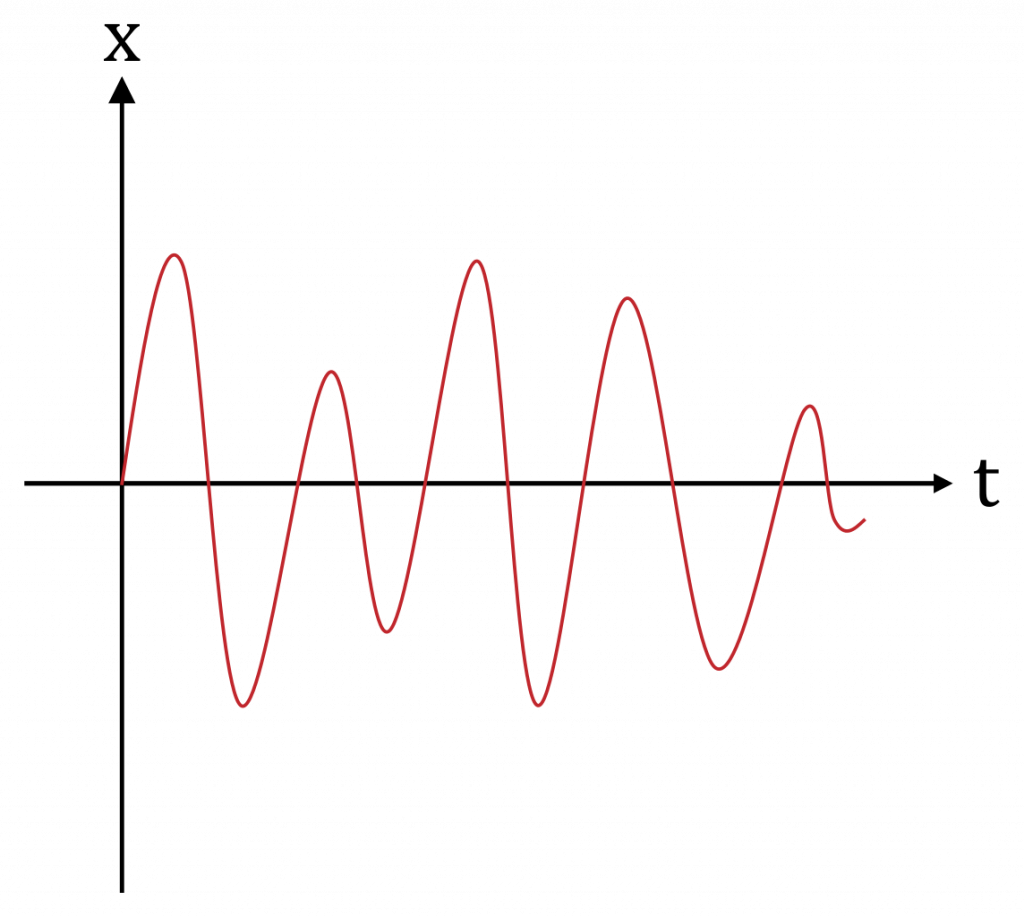
What Are Analog And Digital Signals And Their Differences

Chapter 3 Data And Signals Ppt Download

Need More Bandwidth For The Ka Band Here Are Three Options Analog Devices

Solving The Cable Tv Infrastructure Downstream Transmitter Challenge Analog Devices
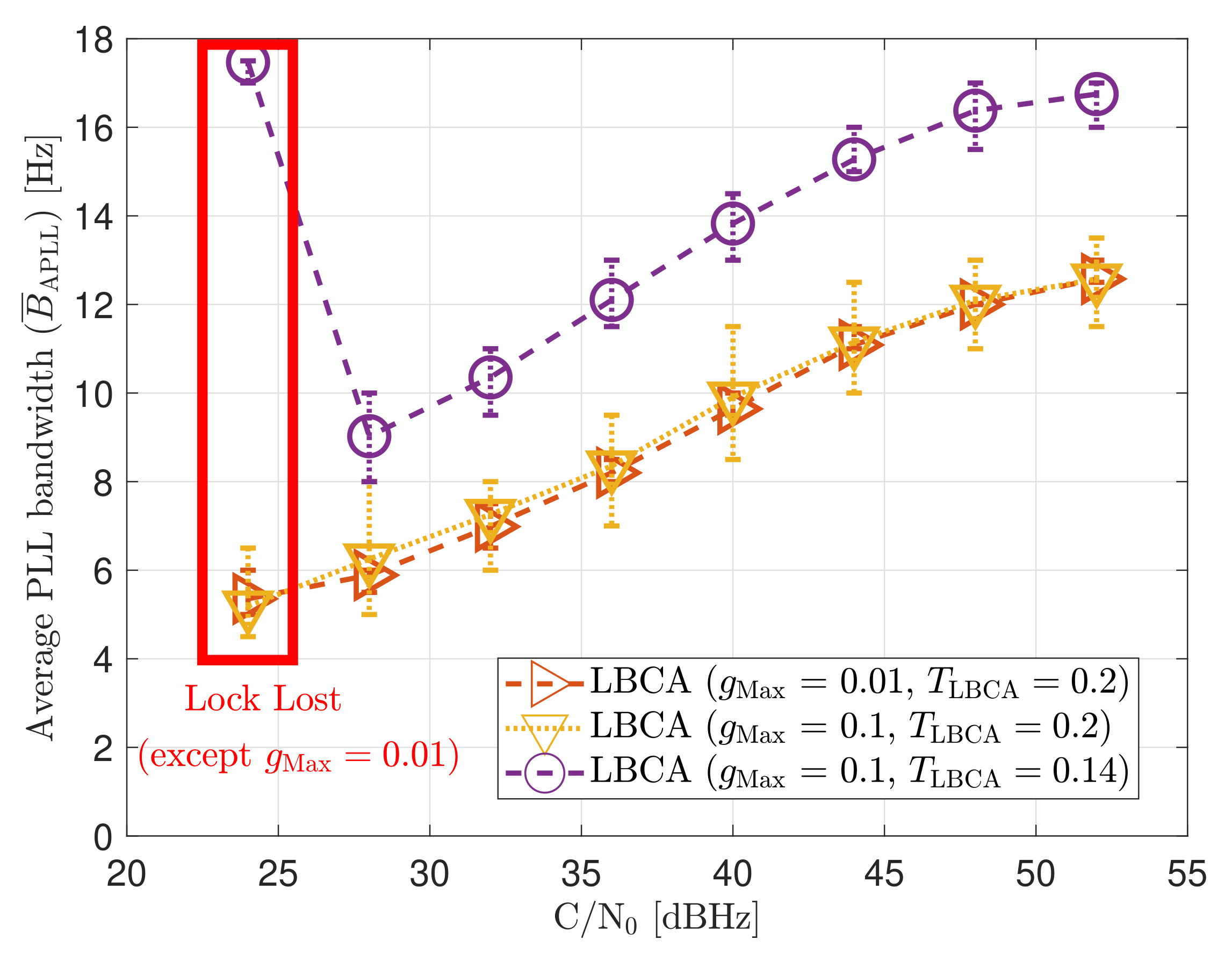
Sensors Free Full Text Evaluation Of Adaptive Loop Bandwidth Tracking Techniques In Gnss Receivers Html
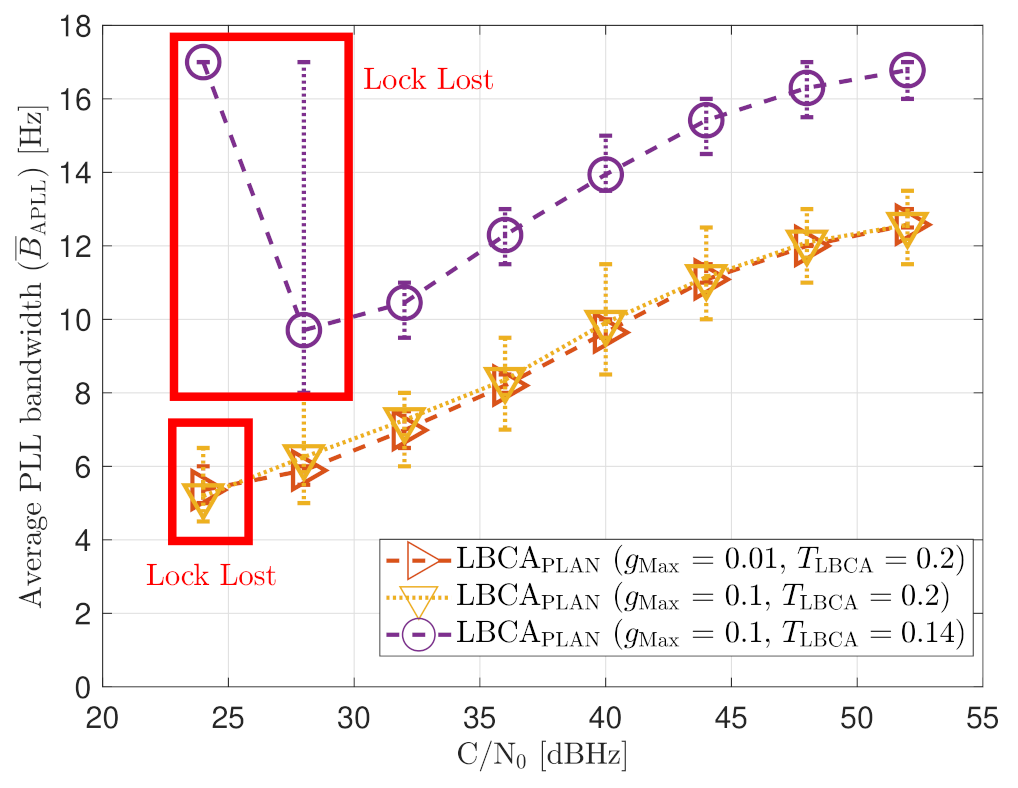
Sensors Free Full Text Evaluation Of Adaptive Loop Bandwidth Tracking Techniques In Gnss Receivers Html